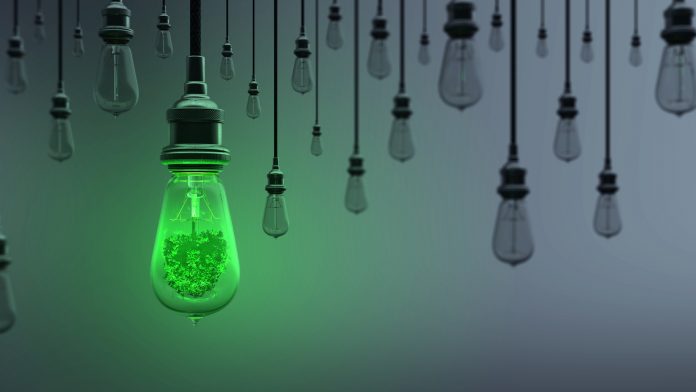Researchers from Ruhr-University Bochum (RUB) describe a new scientific method that has the potential to find high entropy alloys that can be used for electrocatalysts.
What are high entropy alloys?
High entropy alloys are known as chemically complex materials that are made up of mixtures of five or more elements. Scientists have been considering these alloys specifically because they have the potential to offer completely new possibilities for the development of electrocatalysts. These catalysts are required to make energy conversion processes more efficient in the production and use of green hydrogen.
However, Professor Alfred Ludwig, head of the Discovery and Interfaces Chair at the Ruhr-University Bochum commented: “The problem with high entropy alloys is that, in principle, millions of high-entropy systems are possible, and each system involves tens of thousands of different compositions.”
Thus, it is difficult to challenge such complexity using conventional methods and traditional high-throughput procedures.
How could electrocatalysts be achieved with this new method?
The research team at RUB have outlined a new method in their paper, which suggests promising results with the use of high entropy alloys within the creation of electrocatalysts.
The first step in using high entropy alloys was Ludwig and his team producing as many potential compositions as possible. To do this, they used a sputtering system that simultaneously applies the five base materials to a carrier. “You can imagine this as five spray cans directed at one point on the target,” explained Dr Lars Banko, RUB researcher.
In doing this, a very specific composition of the five source materials is produced on each point of the carrier, or ‘materials libraries.’ Because this composition is also impacted by the position of the source materials, the scientists modified them in the experiment. This indicates that the materials libraries from the manufacturing processes, that contained six different constellations of the sources, were categorised using high throughput measurements.
The RUB electrochemistry team then examined the materials libraries in this manner in order to observe their electrocatalytic activity. This enables us to identify trends where possible promising candidates are located,” explained Dr Olga Krysiak, co-leader of the paper.
Scientists compared this data with the large simulation data set provided by researchers at the University of Copenhagen in order to understand the composition of the materials in greater detail. This allowed Banko and their team to observe the similarities and differences in the simulations and experiments conducted by both Universities, thus enabling RUB to explore the atomic scale of electrocatalysts, and how high entropy alloys could contribute to their production.
This meant that the statistical arrangement of atoms on the material surface could be assessed, and with this, scientists could estimate the statistical arrangement of atoms on the material surface in order to determine their influence on catalytic activity.









